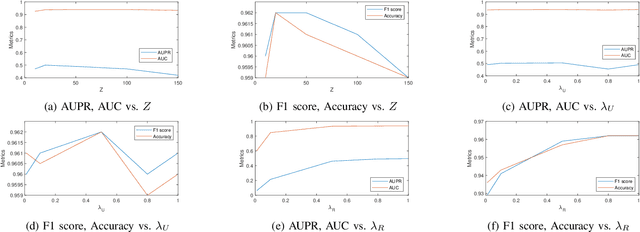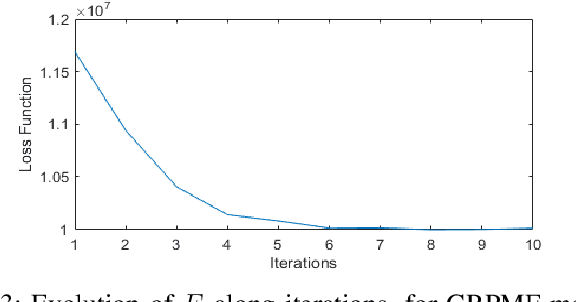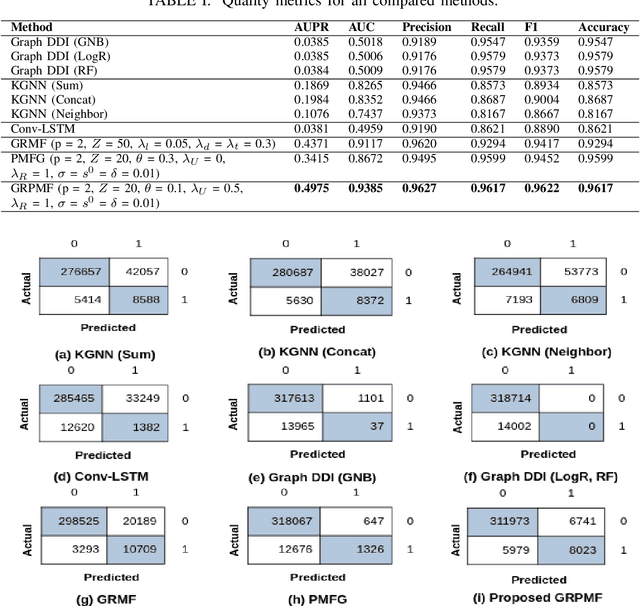Stuti Jain
Graph Regularized Probabilistic Matrix Factorization for Drug-Drug Interactions Prediction
Oct 19, 2022


Abstract:Co-administration of two or more drugs simultaneously can result in adverse drug reactions. Identifying drug-drug interactions (DDIs) is necessary, especially for drug development and for repurposing old drugs. DDI prediction can be viewed as a matrix completion task, for which matrix factorization (MF) appears as a suitable solution. This paper presents a novel Graph Regularized Probabilistic Matrix Factorization (GRPMF) method, which incorporates expert knowledge through a novel graph-based regularization strategy within an MF framework. An efficient and sounded optimization algorithm is proposed to solve the resulting non-convex problem in an alternating fashion. The performance of the proposed method is evaluated through the DrugBank dataset, and comparisons are provided against state-of-the-art techniques. The results demonstrate the superior performance of GRPMF when compared to its counterparts.
DeepVir -- Graphical Deep Matrix Factorization for "In Silico" Antiviral Repositioning: Application to COVID-19
Sep 22, 2020



Abstract:This work formulates antiviral repositioning as a matrix completion problem where the antiviral drugs are along the rows and the viruses along the columns. The input matrix is partially filled, with ones in positions where the antiviral has been known to be effective against a virus. The curated metadata for antivirals (chemical structure and pathways) and viruses (genomic structure and symptoms) is encoded into our matrix completion framework as graph Laplacian regularization. We then frame the resulting multiple graph regularized matrix completion problem as deep matrix factorization. This is solved by using a novel optimization method called HyPALM (Hybrid Proximal Alternating Linearized Minimization). Results on our curated RNA drug virus association (DVA) dataset shows that the proposed approach excels over state-of-the-art graph regularized matrix completion techniques. When applied to "in silico" prediction of antivirals for COVID-19, our approach returns antivirals that are either used for treating patients or are under for trials for the same.
 Add to Chrome
Add to Chrome Add to Firefox
Add to Firefox Add to Edge
Add to Edge